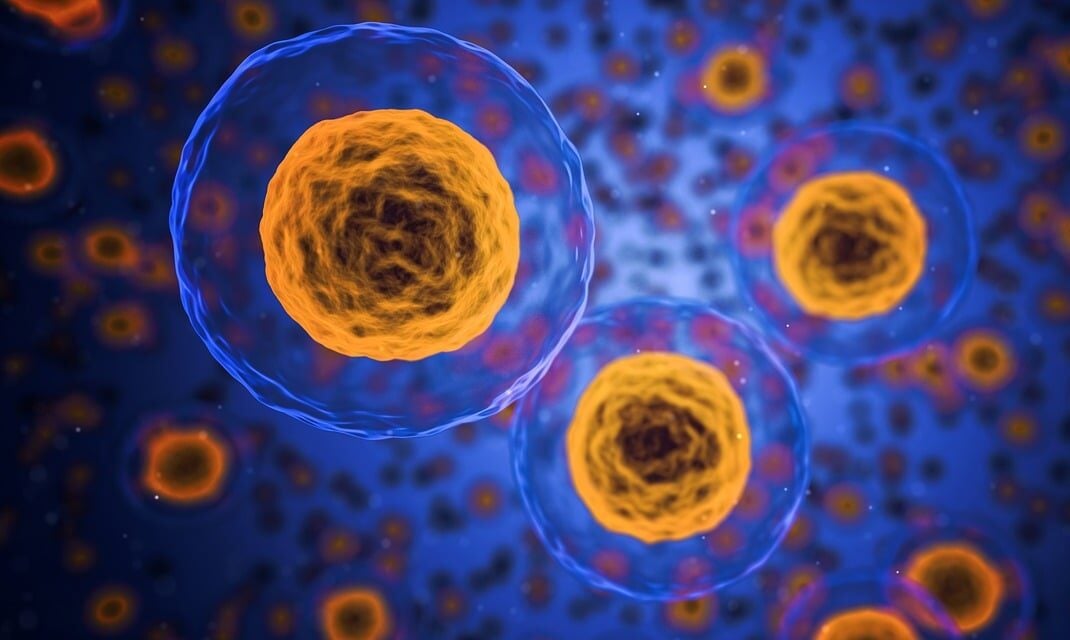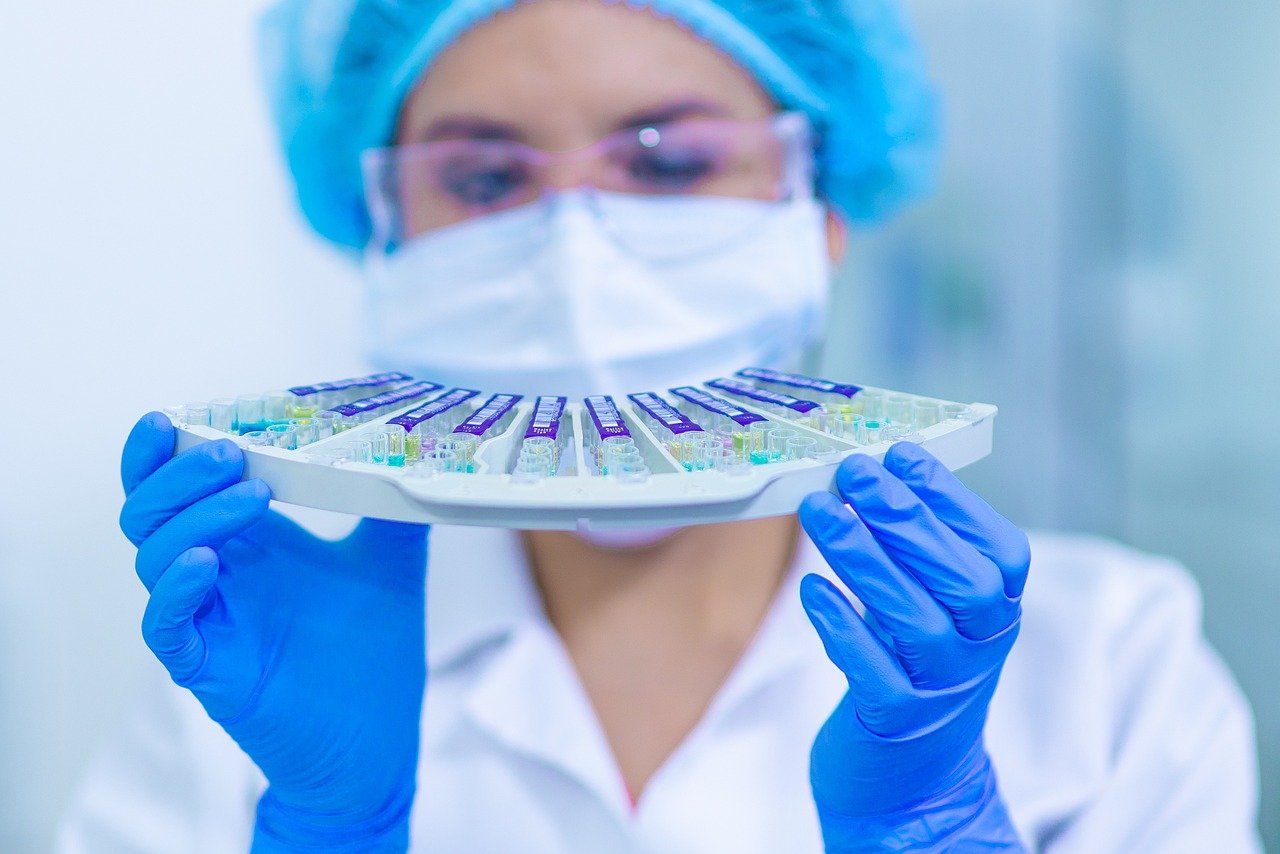
"What we thought was our ally in cancer treatment has actually been a hidden enemy all along," the study's first author said.Continue reading

Hungarian researchers are working on the study of artificial tissues modeled on human organs and created models using microchips as part of a large international consortium. In the future, experiments conducted on samples taken from individual patients could help to test the effectiveness of drugs more safely and quickly. Researchers from the Institute of Technical Physics and Materials Science at the HUN-REN Centre for Energy Research are participating in the development of these complex microchips.
The rapidly developing Organ-on-Chip (OOC) technology aims to replicate the physiological and functional properties of human organs on a microstructured platform in order to understand their functioning, biochemical interactions, and to analyze the efficacy and toxicity of therapeutic drugs.
Biological models created on these chips can eliminate the need for animal testing in the preliminary testing of drug compounds and cosmetic ingredients.
At the same time, they enable the relevant evaluation of the reliability and effectiveness of the tests. The automated analysis and interpretation of the chemical environment and the complex biological responses to it pose a particular challenge in the development of alternatives to in vivo models.
Accordingly, a team of researchers participating in the international UNLOOC project is developing, optimizing, testing, and applying a technology platform based on Organ-on-Chip devices that is suitable for highly parallelized use in drug substance testing. The consortium is demonstrating the performance of the platforms through practical examples (e.g., Skin-on-Chip).
Experts from the Microsystems Laboratory at the HUN-REN Centre for Energy Research are involved in the development of sensor systems (optical, electrochemical, and plasmonic) capable of continuously monitoring the concentration of drug substances and other marker molecules relevant to biological experiments.
The long-term goal of the 51-member European consortium led by the German company Microfluidic Chipshop GmbH is to ensure that the OOC technology developed in the project not only enables controlled drug testing, but also contributes to the understanding of the pathophysiology of diseases.
The devices developed in the UNLOOC project, which mimic real tissues, could in the future even help to test drugs more safely and quickly by analyzing samples from individual patients. In the longer term, the results achieved could even be used in the personalized design of drug therapy protocols, which could be a direct extension of the project.
Via hun-ren.hu, Featured photo via Pixabay